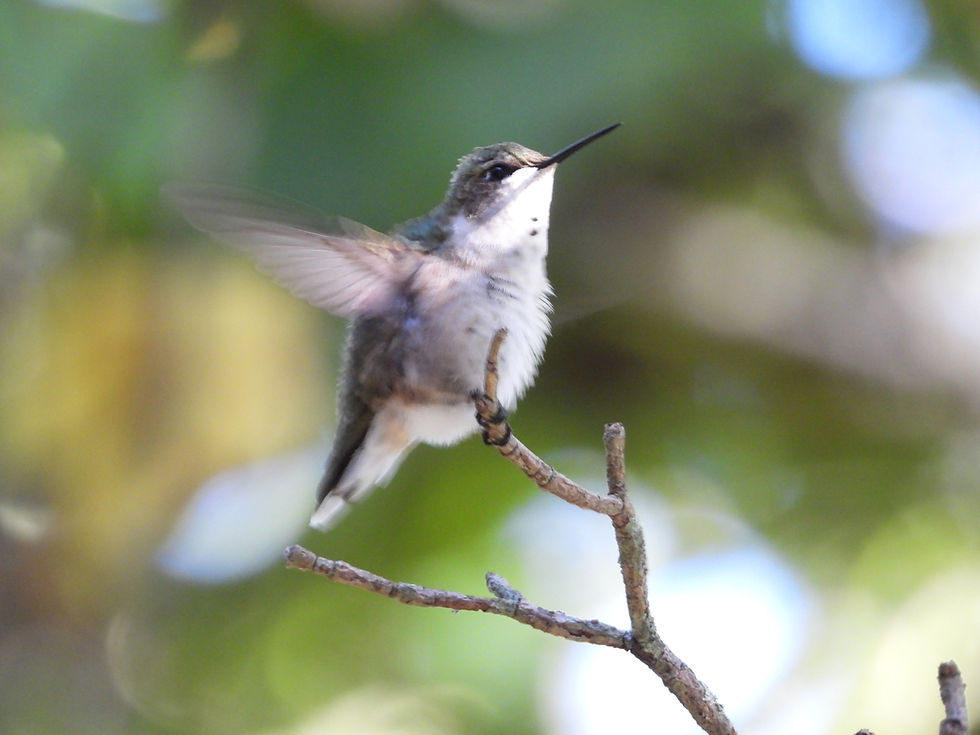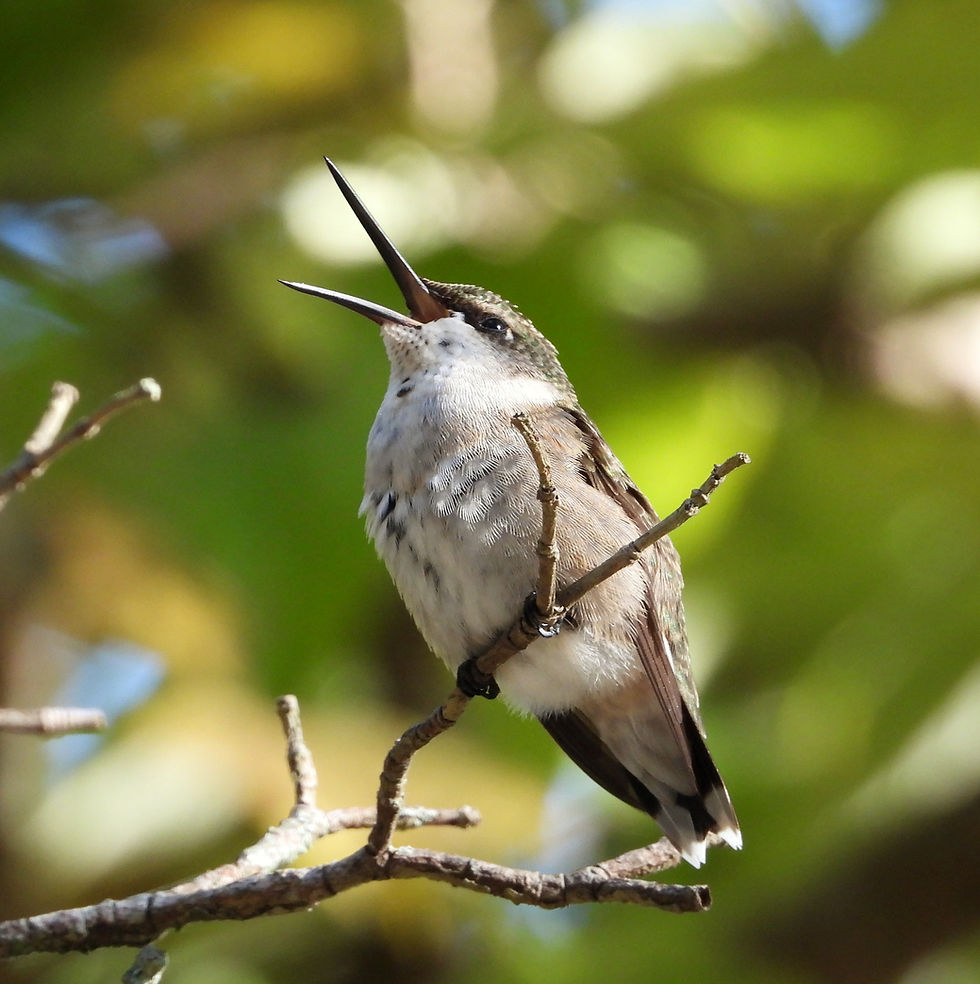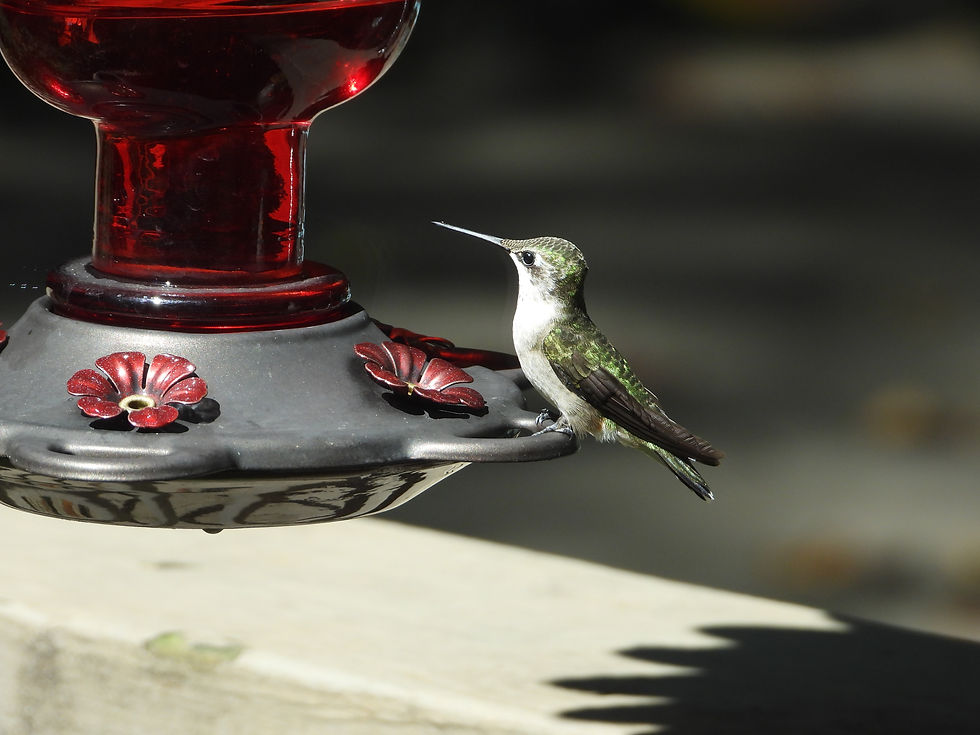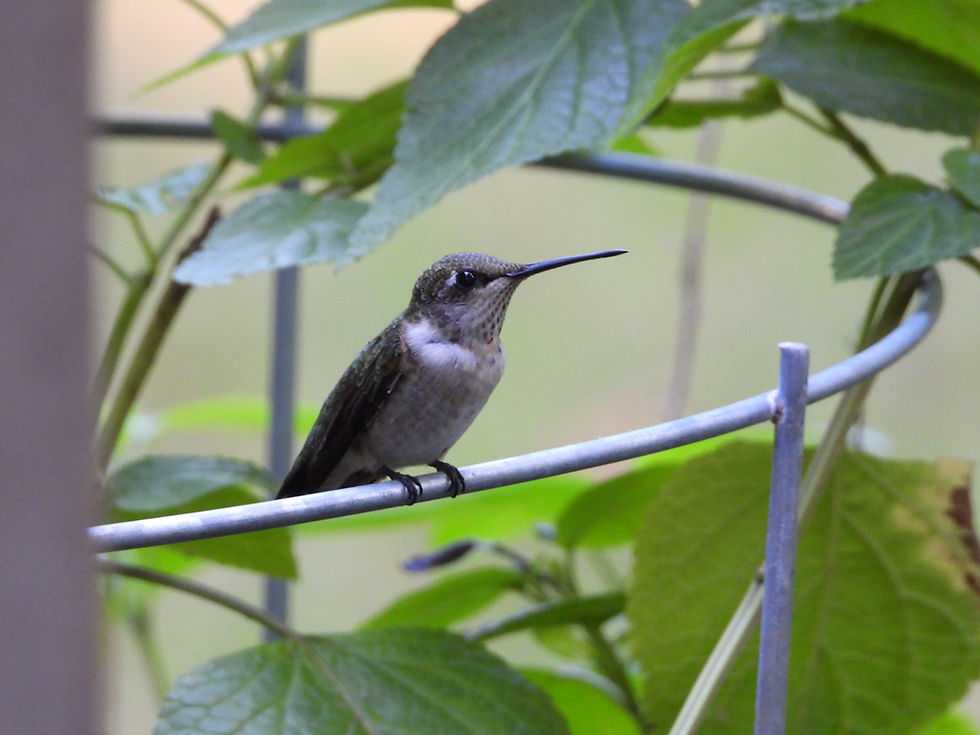In this blog post "When do Hummingbirds Migrate?" we take a look at the most typical first sighting and when the resident hummingbirds all seem to appear in Georgia, and when they start to leave for their annual journey South.
BirdCast has built a very interesting bird-tracking tool and you can check to see the numbers of birds that migrated overnight. This seems to cover many bird species but I couldn’t find specifics on hummingbirds likely because they are so small, they cannot be tracked with the same tools. However, Hummingbirdcentral.com seems to cover it well with this map/tool.

As we approach Fall, there is a cool crispness to the morning air. Our resident Ruby-throated hummingbirds have put on quite a bit of weight. They fly a bit more slowly, as they chase each other and try to declare a feeder or a flowering plant as their own. They will perch nearby on a low branch, sometimes directly on top of the flowering plant itself, or high up in a tree where they can cover a lot more ground.

By late September the adult male Ruby-throated Hummingbirds typically begin to migrate South. In the past several years we’ve noticed the females and the juvenile males will hang around a few weeks longer. I’m writing this on Saturday September 9th (2023) and we still see most, if not all, of the adult males. But we know their time here is coming to an end for the year.

Update as of October 14th, 2023: All adult males have migrated South now, and the majority of adult females as well. We have 2-3 hummingbirds still on our feeders this morning, and have reduced the number of feeders from 5 (yes, you read that correctly!) down to 2 feeders. Also, our Purple Salvia is still blooming and will do so until a hard freeze occurs. Hopefully not until Dec/Jan as this gives an additional food source to the birds which they do seem to prefer over sugar water most days.

While we have purple salvia planted in our yard and the plants return each Spring, the blooms usually aren’t present until May. Our earliest Spring time hummers arrive in mid April. We are pretty certain that these are migrating further north and just passing through, because each year we see a couple at the feeder and then don’t see more for several weeks.

Another possibility though, is that in Spring there are TONS of natural flower blooms which the hummingbirds can feed on, from trees and shrubs to flowers in beds and planters. So if you have a feeder (or 4 like us haha), be a bit patient in the Spring. By mid-May you’ll see plenty of these amazing creatures regularly frequenting your feeders. By July/August you’ll also start to see the young hummers as well.

Thanks for reading! Please comment below if you’ve enjoyed this blog post and let us know when you typically see hummingbirds where you live! We’d love to hear about them!

Commentaires